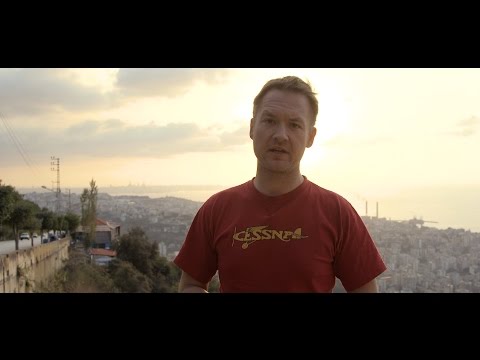
Beirut, the vibrant capital of Lebanon, is a city deeply marinated in history, culture, and an indomitable spirit. Often called the Paris of the Middle East, this bustling metropolis offers a compelling blend of ancient traditions and modern vitality. Whether you’re a history enthusiast, food lover, or nightlife seeker, Beirut promises an unforgettable adventure. Here’s your essential guide to exploring this dynamic city.
#### Getting There and Around
**Visas:** Most travelers can obtain a visa on arrival at Beirut’s Rafic Hariri International Airport. Check your country’s specific requirements before you travel.
**Transport:** Taxis and ride-sharing apps like Uber are popular for getting around Beirut. For a more local experience, you can try the minibuses that traverse the city.
#### Top Attractions
**1. The Corniche:** Start your tour with a stroll along Beirut’s picturesque waterfront promenade, known as the Corniche. This area offers breathtaking views of the Mediterranean Sea and is perfect for people-watching and soaking up local life.
**2. The Beirut National Museum:** Dive into Lebanon’s rich history at this museum which features archaeological artifacts from prehistoric times through the Ottoman Empire. It’s an essential visit for first-time travelers to Beirut.
**3. Hamra Street:** Known for its eclectic vibe, Hamra Street is lined with cafes, shops, and bookstores that reflect Beirut’s intellectual and cultural dynamism.
**4. Jeita Grotto:** Just outside of Beirut lies one of Lebanon’s natural wonders—the Jeita Grotto. This system of limestone caves spans over 9 kilometers and is partially accessible by boat.
**5. Mar Mikhael:** This neighborhood is famed for its vibrant nightlife with numerous bars and clubs lining its streets where both locals and tourists mingle until dawn.
#### Culinary Delights
Lebanese cuisine is a feast for the senses characterized by herbs, spices, and fresh ingredients. Must-try dishes include:
– **Tabbouleh:** A fresh herb salad mixed with bulgur wheat.
– **Hummus:** Experience authentic Lebanese hummus often garnished with paprika or minced lamb.
– **Kebabs**: Grilled meat skewers marinated in rich Middle Eastern spices.
Don’t forget to explore local bakeries where you can indulge in Baklava or Kanafeh—a sweet cheese pastry soaked in syrup.
#### Cultural Insights
Understanding some cultural norms can enhance your visit:
– **Language**: Arabic is the official language but English and French are widely spoken amongst educated Lebanese.
– **Dress Code**: Lebanese dress stylishly; however, modesty varies across different parts of town especially religious sites where conservative attire is appreciated.
– **Hospitality**: Lebanese are renowned for their hospitality; if invited to someone’s home it’s customary to bring a small gift like sweets or pastries.
#### Safety Tips
While generally safe for tourists, it’s wise to stay updated on current conditions as political stability can vary. Avoid demonstrations or large gatherings which may turn volatile unexpectedly.
#### When to Visit
April to June before it gets too hot or September through November when autumn colors adorn the city are ideal times to visit Beirut allowing full enjoyment of outdoor activities without sweltering heat.
### Conclusion
Beirut seamlessly weaves its storied past with a pulsating present offering an enriching getaway that lives up its moniker as The Paris of Middle East due to its cosmopolitan flair combined with profound historical roots. From culinary adventures through ancient streets buzzing nightlife scene—every corner this city tells story waiting be discovered by eager explorers looking beyond conventional travel destinations.
